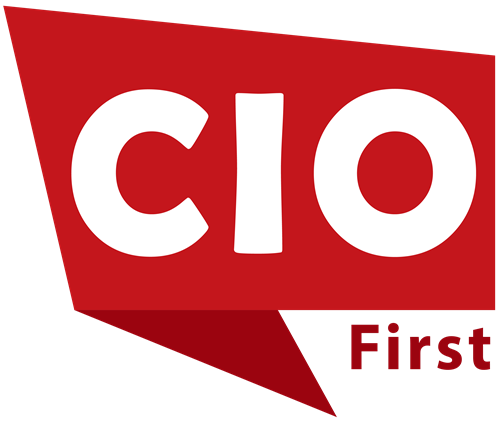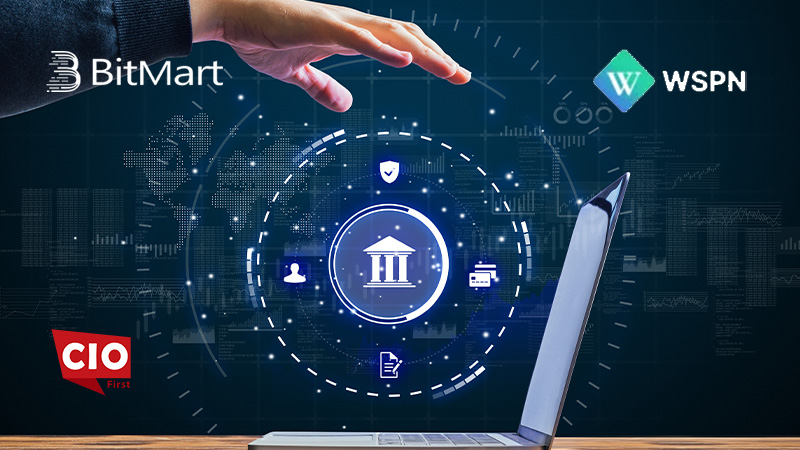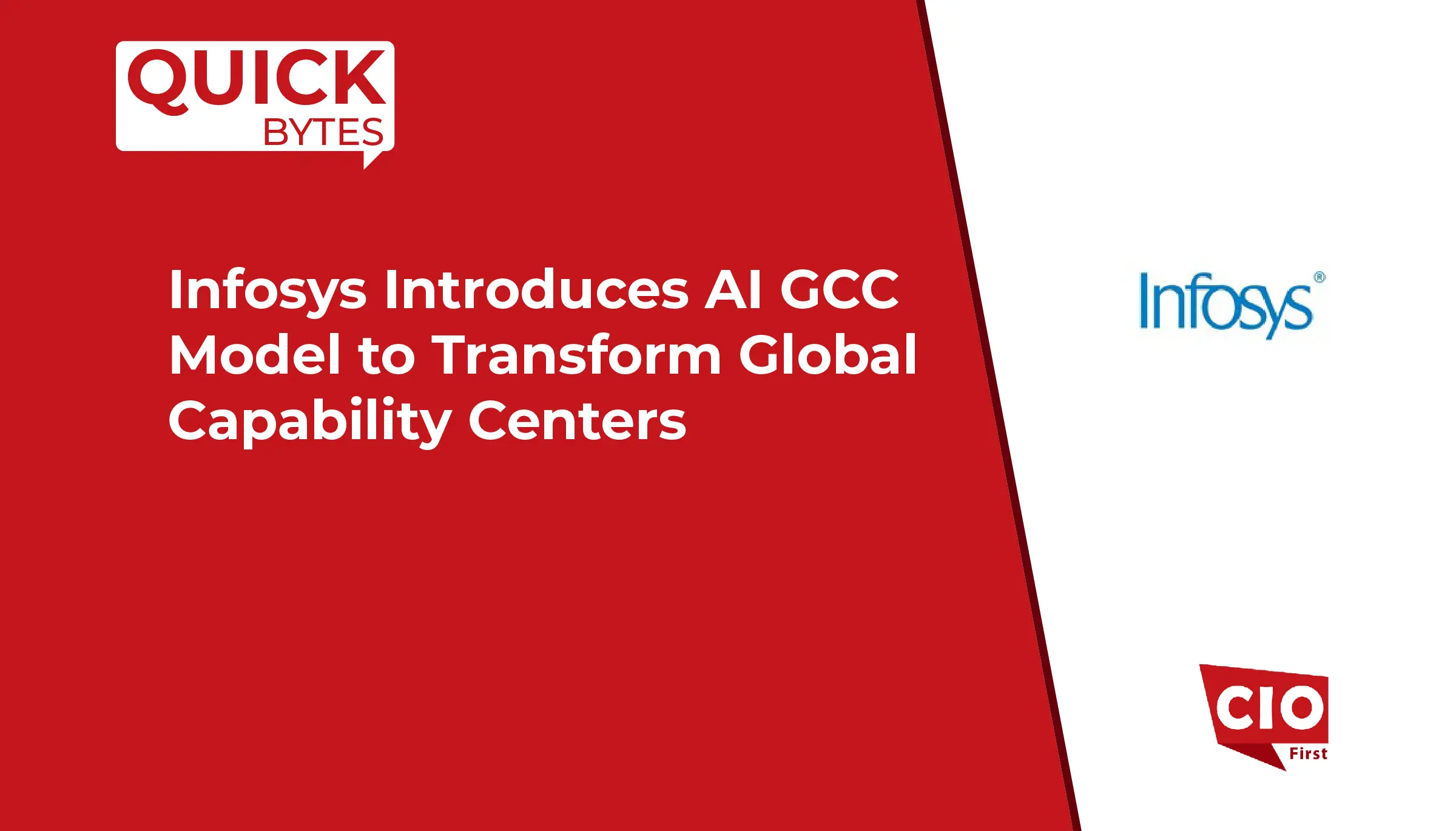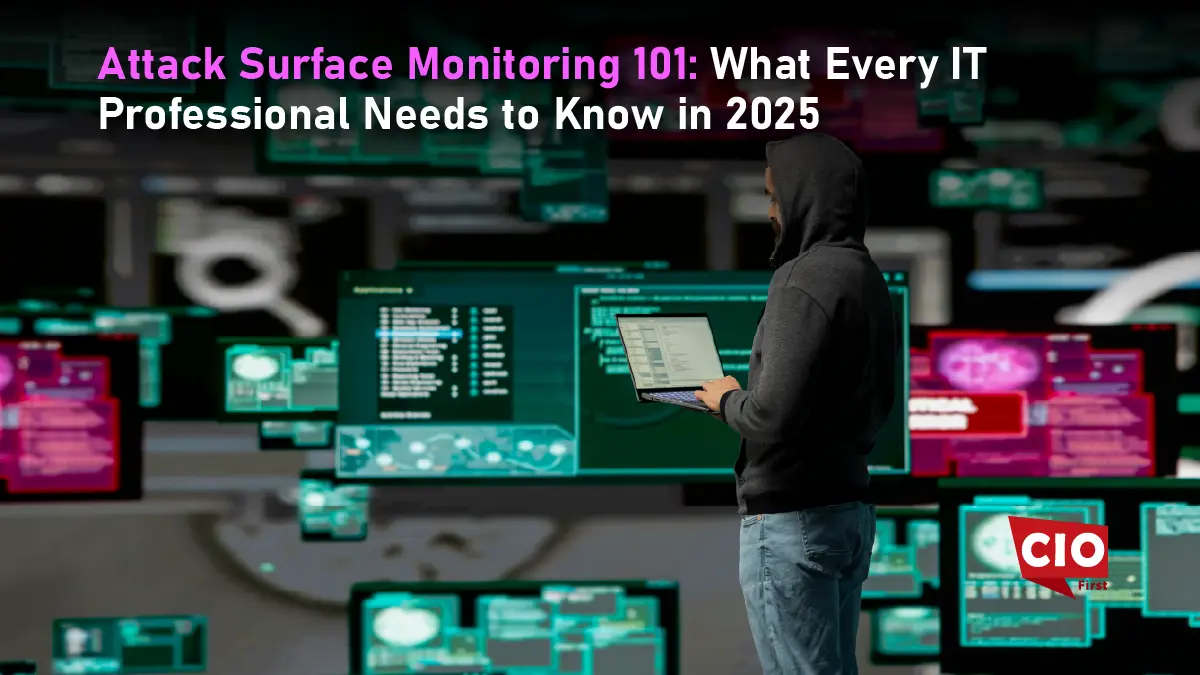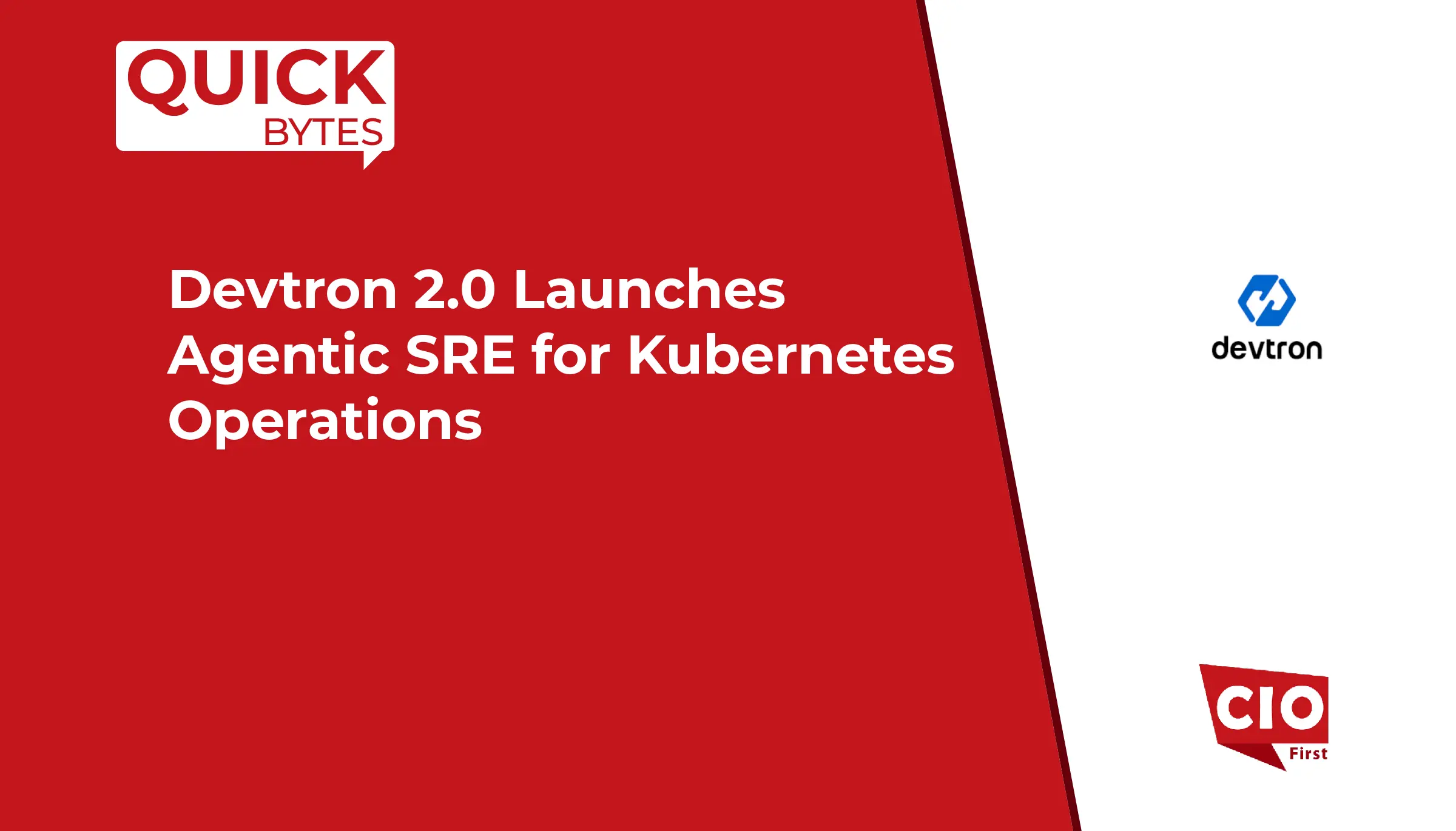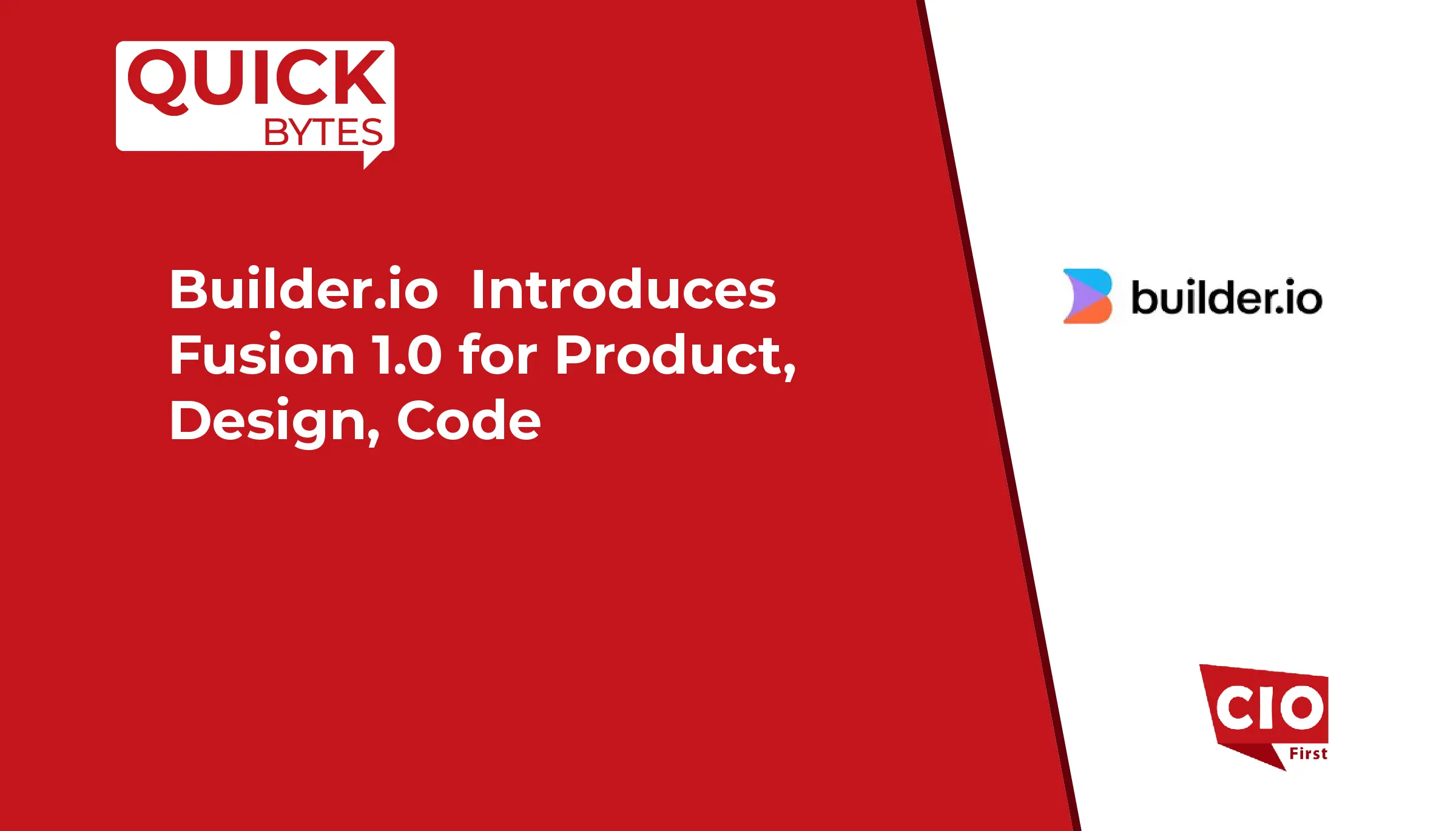NVIDIA and RIKEN, one of Japan’s premier national research institutions, unveiled a bold new chapter in Japan’s scientific infrastructure: two supercomputers powered by 2,140 industry-leading NVIDIA Blackwell GPUs, interconnected via Quantum-X800 InfiniBand. The systems – one optimized for “AI for Science” and the other for quantum-classical research – are expected to be operational by spring 2026.
These supercomputers, based on the GB200 NVL4 platform, promise to accelerate breakthroughs in areas such as life sciences, materials science, climate modeling, manufacturing, lab automation, and quantum algorithm development.
What’s New
AI-for-Science Supercomputer The first RIKEN system is designed for traditional scientific computing. It also handles generative and predictive AI workloads. It will house 1,600 Blackwell GPUs linked by the fast Quantum-X800 interconnect. This setup enables researchers to perform large simulations. It also trains physics-informed neural networks and accelerates hypothesis generation and testing.
Quantum-Classical Hybrid System The second system features 540 Blackwell GPUs and is tailored for quantum research. RIKEN aims to boost hybrid quantum-classical workflows. They integrate classical GPU acceleration with quantum algorithms. We can explore quantum algorithms, improve simulation methods, and test quantum error correction.
Sovereign, High-Performance Infrastructure This collaboration supports Japan’s push toward sovereign AI and domestic supercomputing capabilities. The dual systems represent a strategic investment in national research infrastructure, strengthening Japan’s autonomy in key technology areas.
Software Stack & Ecosystem RIKEN will leverage CUDA-X, NVIDIA’s suite of over 400 GPU-accelerated libraries, tools, and microservices. Additionally, floating-point emulation software is being developed to optimize scientific codes on the Blackwell GPUs, maximizing both AI and classical performance.
Implications for the Computing Industry
The NVIDIA-RIKEN partnership isn’t just a research upgrade. It marks key changes for the computing and high-performance computing (HPC) industry.
1. Bridging AI, HPC & Quantum
These supercomputers merge three distinct fields: high-performance simulation (HPC), AI, and quantum computing. By doing this in a unified infrastructure, RIKEN is helping define a future where hybrid workflows – mixing classical and quantum – become routine in scientific and industrial R&D. This could accelerate the adoption of quantum techniques, especially when tied to classical GPUs.
2. Enabling “AI for Science” at Scale
With 1,600 Blackwell GPUs dedicated to AI tasks in scientific computing, RIKEN’s platform will support ambitious models and AI-driven simulations. This could lead to wide use of physics-informed ML, surrogate modeling, and hypothesis generation in both academic and industrial fields. Firms in climate modeling, pharmaceuticals, and materials can use these breakthroughs. They can cut R&D cycles and launch products faster.
3. Strengthening National Computing Sovereignty
Japan is investing heavily in its supercomputing infrastructure. This move reduces reliance on foreign HPC resources. It supports national goals for technological independence and secure AI development. Countries emphasizing sovereign HPC will create more demand for advanced GPU platforms, networking tools, and software systems. This is good news for global computing vendors and system integrators.
Also Read: RSA Launches Identity-Security for Microsoft Entra ID
4. Market Growth for Accelerated Computing
NVIDIA’s GB200 NVL4 GPUs are being validated in a demanding, high-end scientific environment. If this works, it will boost Blackwell-class GPUs in HPC and high-compute areas. This could drive up demand for similar accelerated computing hardware globally. System vendors, cloud providers, and AI-HPC integrators will likely adopt this model. This will grow the market for next-gen GPU-based supercomputing.
5. Innovation in Quantum-Classical Integration
As RIKEN builds out quantum-classical workflows, the broader quantum computing industry will benefit from an operational example of hybrid systems at scale. This encourages software developers, quantum algorithm researchers, and hardware vendors to converge around interoperable platforms. It also validates interconnect technologies – like NVIDIA’s InfiniBand Quantum-X800 – that are key to future quantum-classical supercomputers.
Business Impacts & Strategic Considerations
Research Institutions & Universities: This system helps academic labs explore advanced AI and quantum research. They don’t need to invest in their own infrastructure. This democratizes high-end computing for a broader scientific community.
Technology Vendors & Startups: Companies that create AI tools, quantum software, or HPC apps can test their products in real-world settings at RIKEN. Partnerships and spin-offs could emerge from insights and tools built on this platform.
Industrial R&D Teams: Corporations in pharmaceuticals, materials, climate science, and manufacturing can collaborate with RIKEN or license technologies originating from its compute experiments. The platform’s AI capacity can accelerate discovery; its quantum arm can serve as a testbed for quantum-augmented innovations.
Quantum Computing Providers: Hybrid systems like RIKEN’s build demand for quantum processors, error correction tools, and software. Quantum hardware companies should work more with classical compute providers. They should aim for integrated deployments instead of stand-alone QPU systems.
Challenges & Risks
Cost and Complexity: Creating and operating these high-performance systems costs a lot. Not every institution can match this scale. The high cost of deploying Blackwell GPUs and InfiniBand fabric could be a barrier.
Software Maturity: While CUDA-X offers broad capabilities, tailoring scientific codes to GPUs and developing hybrid quantum-classical applications is non-trivial. Researchers will need to adapt and sometimes rewrite legacy software.
Scalability of Quantum: The quantum part of the system is still limited by current quantum hardware and error correction capabilities. Realizing strong quantum-classical advantage may take more time than expected.
Sustainability: High-end supercomputers consume significant energy. Efficient power usage is important, and managing long-term costs matters too. This will be vital as more AI and quantum workloads are introduced.
Conclusion
NVIDIA and RIKEN’s launch of their dual supercomputers marks a key moment for the computing industry. RIKEN is bringing together AI-driven scientific computing and quantum research. They are doing this on one GPU-accelerated platform. This effort aims to shape the future of high-performance computing.
This could spark a new wave of hybrid systems in computing. These systems would blend classical, AI, and quantum computing. As a result, workflows that were once just ideas could become practical and work at scale. For businesses, the development opens up opportunities to leverage Japan’s supercomputing power for innovation, research, and industrial transformation.
If successful, RIKEN’s approach may become a model for other national labs, universities, and private research centers — accelerating the adoption of AI + HPC + quantum as an integrated paradigm for next-generation scientific and industrial computing.
